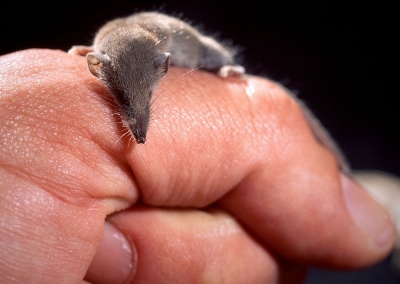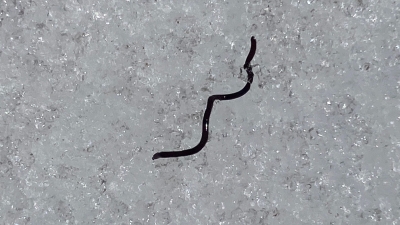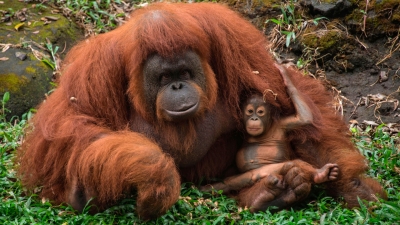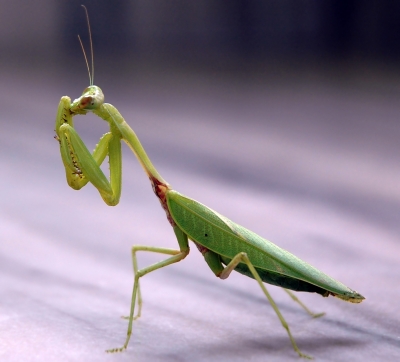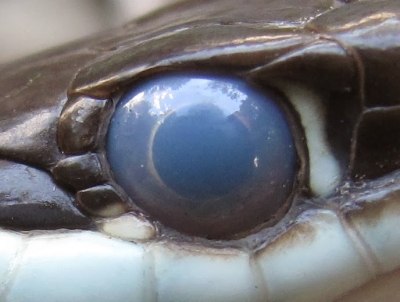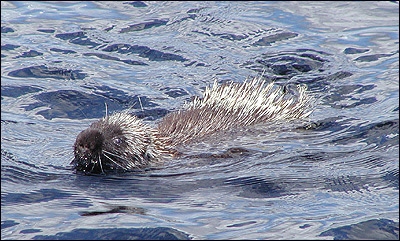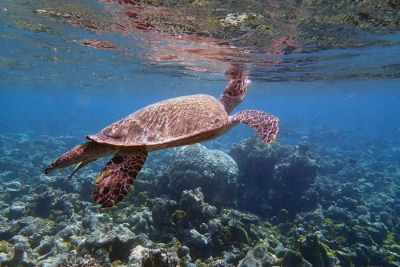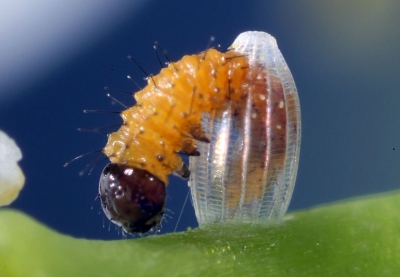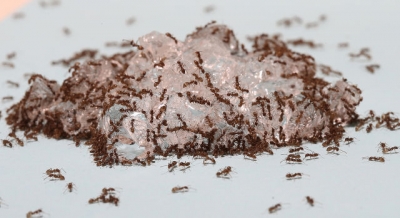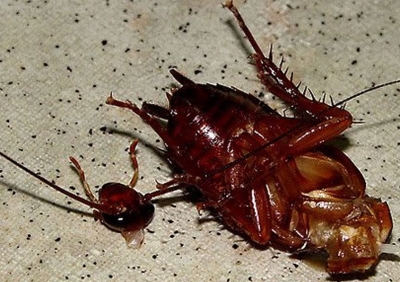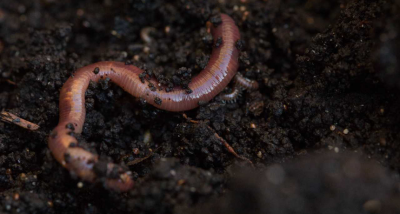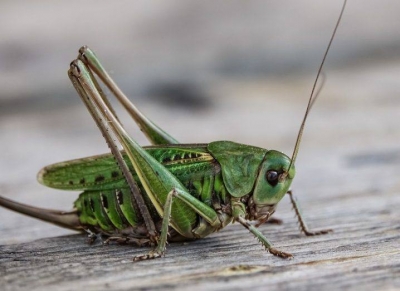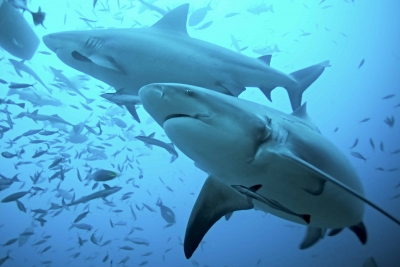
While bull sharks are commonly found along coastlines, bays, and harbors, they also frequent a most uncommon shark habitat—freshwater rivers.
The species has been spotted 2,500 miles (4,000 kilometers) up the Amazon River in South America and dwell in Lake Nicaragua, a freshwater lake in Central America. Bull sharks have traveled up the Mississippi River as far north as Illinois and are regularly spotted in India's Ganges.
Their ability to tolerate freshwater is rooted in salt retention.
Sharks must retain salt inside their bodies. Without it, their cells will rupture and cause bloating and death. Given this requirement, most sharks cannot enter fresh water, because their internal salt levels would become diluted.
But bull sharks have special physiological adaptations that enable them to live in fresh water. Their kidneys recycle the salt within their bodies and special glands, located near their tails, also aid in salt retention.
While scientists have learned how the animals survive in fresh water, it is less clear why bull sharks, almost exclusively, developed this amazing ability.
Heithaus, of Florida International University, speculates that "probably the biggest reason is that [freshwater tolerance] allows the juveniles, the little guys, to be in a place that's relatively safe from being eaten by other sharks."
Adult bull sharks likely gain their own competitive advantages from salt retention. However, scientists have yet to uncover precisely what those advantages may be.
Heithaus said a big question for him is what bull sharks gave up to acquire their unique ability to survive in fresh water. "If they were a master of all trades, in both fresh and saltwater, we should see bull sharks dominating coastal waters," the marine biologist said. "There must be some cost to having that amazing ability."
Freshwater tolerance could be rooted in competition for saltwater food resources, where perhaps bull sharks suffered and needed to develop an edge. The ability might also be tied to disease susceptibility or other unknown and unstudied issues.
Credit : National Geographic
Picture Credit : Google
